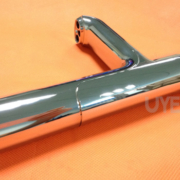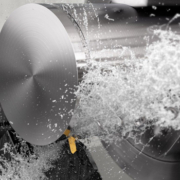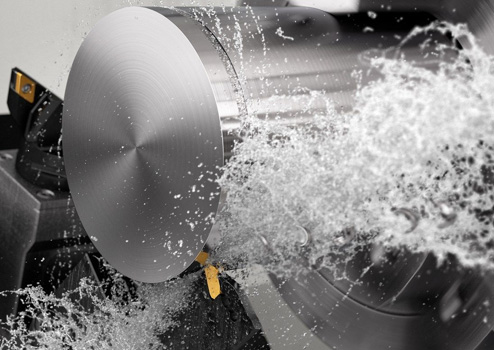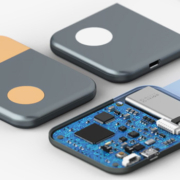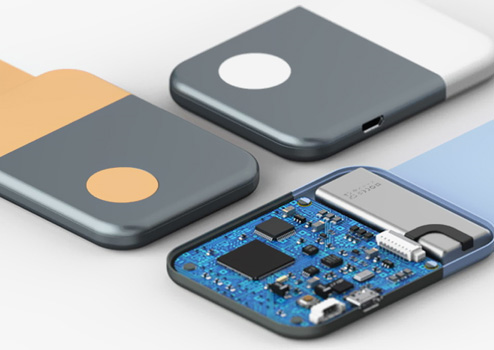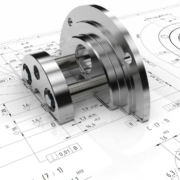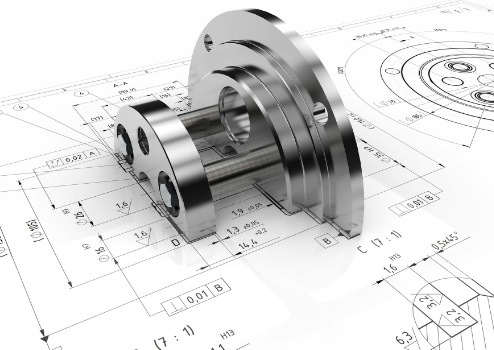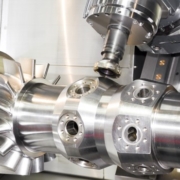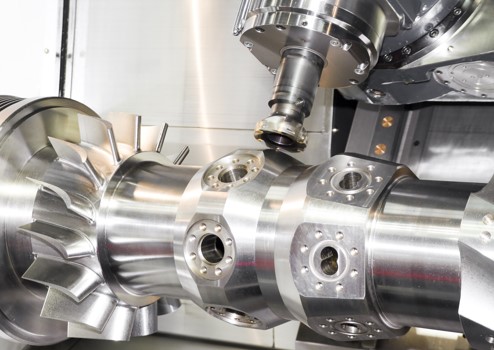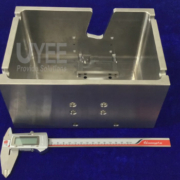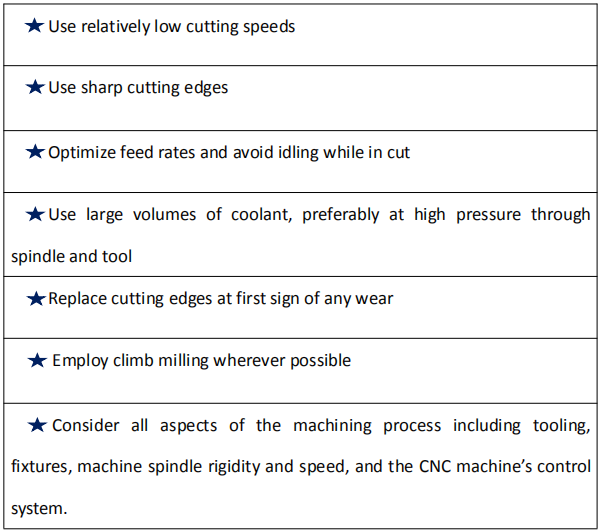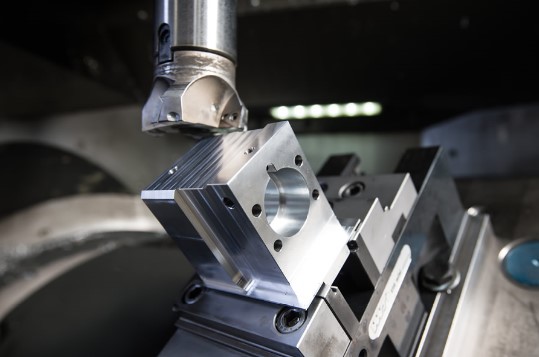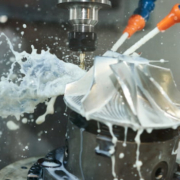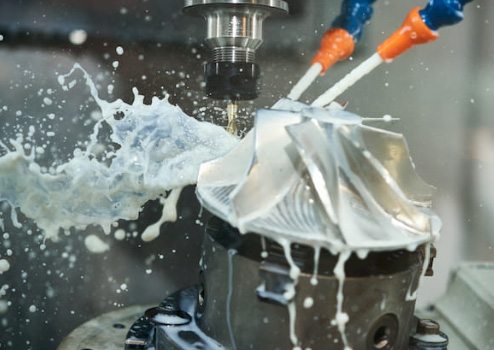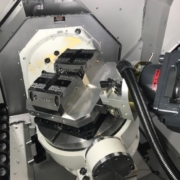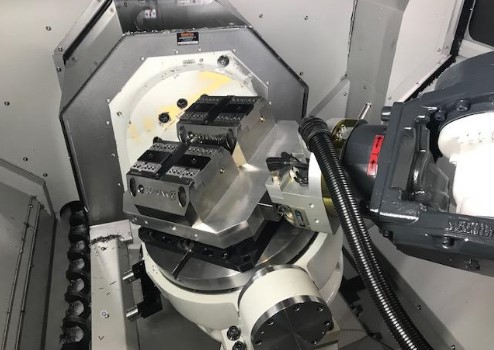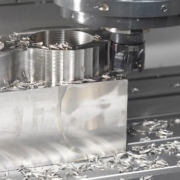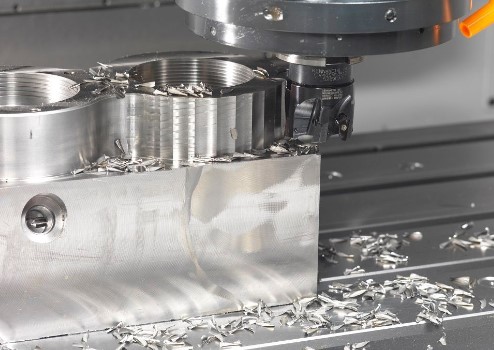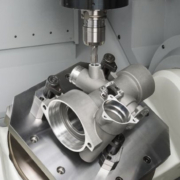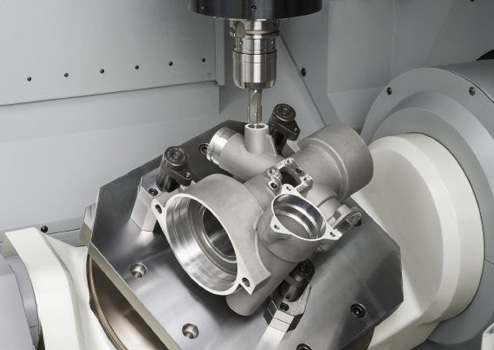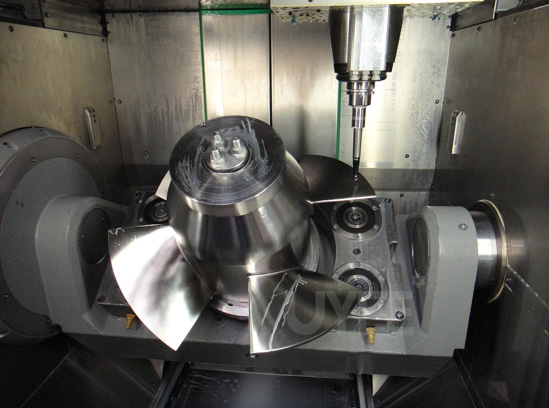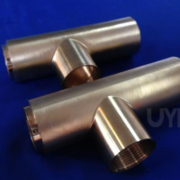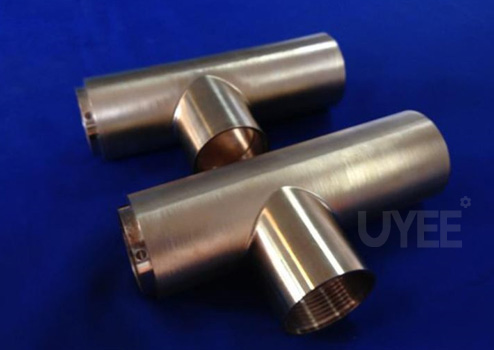The Benefits Of Electroplating For Your Industrial Components
It isn’t easy to fathom a future in which metals do not play a significant role as a resource because of the many uses to which they may already be put. The use of various types of metal in our daily lives has become second nature to us. For instance, we utilize iron rods in the building of homes, stainless steel in the manufacture of kitchenware, and a wide variety of metals to design complicated equipment. As a result, it isn’t easy to fathom how the world might function without metals.
Every metal has a one-of-a-kind collection of attributes as well as distinguishing qualities. Some of them provide both strength and some degree of flexibility. But what if you want both of those characteristics in a single kind of metal? – Alloys! Mixing many types of metal results in the creation of alloys. The purpose of alloying, which involves combining two different metals, is to generate a new metal with better qualities than the original metals. As a result of their superior resistance to rust and corrosion in comparison to other types of metal, alloys are quickly gaining in popularity.
Now comes the time for electroplating to take center stage. Manufacturing businesses take advantage of the beneficial features of precious and rare metals to improve their functionality by using electroplating services. This allows for the functionality of the manufactured goods to be improved.
Electroplating is a common method used to give metals a finished appearance while also increasing their physical qualities. The procedure of electroplating is used in a diverse selection of business sectors and for various end uses. Despite the widespread use of the electroplating process, relatively few people outside of the industry have a solid understanding of the method, including what it entails and how it operates. Now that we have that out of the way, let’s talk about electroplating and its many advantages.
What Do You Mean by Electroplating?
The electroplating process is also called electrodeposition. It’s possible that the name of the procedure itself gave you some indication of how it works. The term “electroplating” refers to applying a thin coating of one metal to the surface of another metal using electrolysis as the method. It’s common practice to refer to the piece of metal on which the thin layer is placed as the substrate. Altering the material characteristics of an item is often accomplished via electroplating (in fact, adding some more properties to it). The electroplating of metals results in greater wear resistance, protection against corrosion, aesthetic appeal, and increased material thickness.
The method, as mentioned earlier, allows for the coating of some low-cost metals with precious metals, which not only improves the look of the metals but also increases their worth.
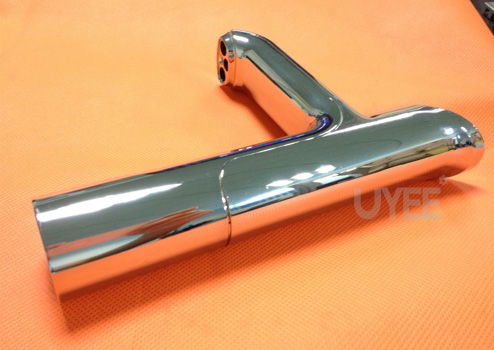
What Are The Benefits Of Electroplating?
-
Formation of a protective barrier
Electroplating is a process that coats a component in a metal that is less reactive than the component’s original metal, making the component more resistant to corrosion. In addition to this, it may boost the piece’s resistance to heat and make it more resilient to impacts and shocks, which is particularly useful if the underlying metal is fragile.
-
Electroplating contributes to a reduction in the amount of friction
You can make your components glide more readily over neighboring surfaces by plating them with nickel. This can be done without heating the components or scraping them. This will result in reduced wear and tear, which will decrease the frequency with which they will need to be changed.
-
The process of electroplating confers additional properties to metals
Electroplating a metal makes it more valuable because it may be used in various industries. The suitable plating substance may give your component new features, such as increased magnetic or electrical conductivity if you require it to have these characteristics. This method is often used during the production of computers and other devices. Electroplating is a technique that may give previously worn vehicle components, such as bumpers, tire rims, and grills, a completely fresh and modern appearance.
Connectors made of brass and copper are often given electroplating of silver by their manufacturers to boost the conductivity of these metals. Palladium and gold plating are both used in switchgear production in the telecommunications sector.
-
Electroplating is Beneficial to the Improvement of Adhesion
When there is a need for an intermediary step between the base material and the outer coating, electroplating is often utilized to fulfill this phase. This enables the outer coating to adhere to the substance more securely.
-
The electroplating process increases the thickness of the metals.
Electroplating with the appropriate metal might be helpful if you require a substantial layer of material to be applied to your product. In terms of durability and resistance to wear and tear, the larger the coating thickness, the longer it will last.
Understanding the Electroplating Process in Detail
When we speak about electroplating two different metals, we refer to one of those metals as being positively charged. The other has a negative electric charge. As soon as the passage of electrical current begins, molecules from the positively charged metal travel to the molecules from the negatively charged metal. This indicates that the item that is going to be plated ought to have the capability of conducting an electrical charge. When you need to plate anything that does not conduct electricity, such as plastic or wood, it might not be easy to do so because of the nature of those materials.
Nevertheless, if the foundational material is meticulously cleaned and covered with a tiny coating of a cheap metal that does conduct electricity, it is still possible to achieve this goal. Normal operation of the electroplating process may resume after the layer of conducting material has been placed.
Summary:
Electroplating helps you increase the quality of the manufacturing processes and strengthen along with saving time and money. If you are looking for CNC machining parts with electroplating services nearby then contact us today!

